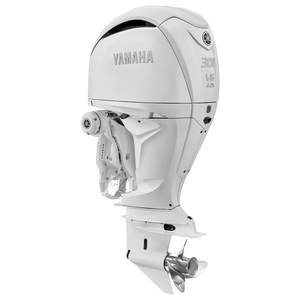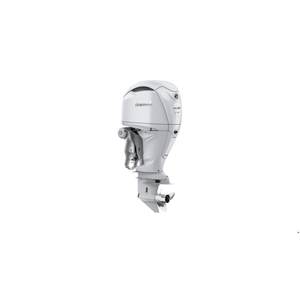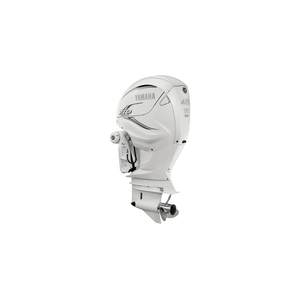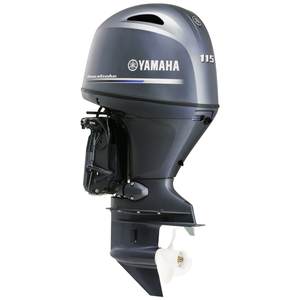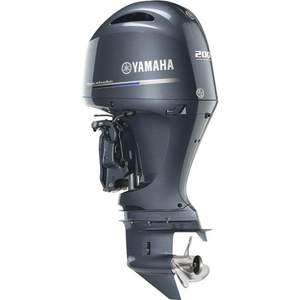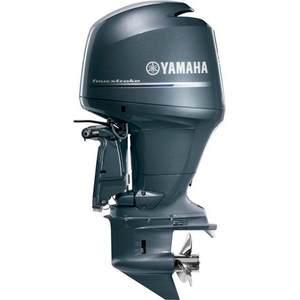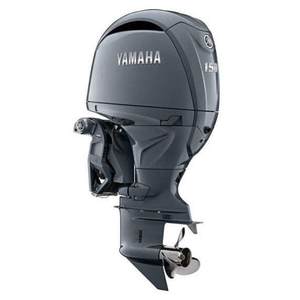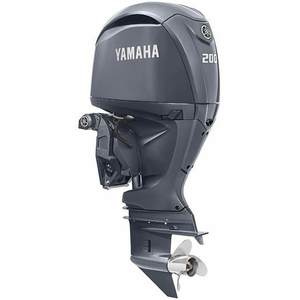Yamaha
Yamaha Motor's venture into the marine industry commenced in 1953, following founder Genichi Kawakami's return from a research and observation trip across the USA and Europe, soon after assuming the presidency. Kawakami's travels highlighted the growing popularity of maritime leisure, convincing him that this pastime would eventually reach Japan.
Upon returning home, Kawakami acquired a sailing cruiser, regularly navigating Lake Hamana to deepen his understanding of marine leisure. Initially equipped with an outboard motor from a renowned American company, the motor frequently experienced breakdowns, leading him to transition to a motor from a Japanese manufacturer. Despite its enhanced reliability, the Japanese motor significantly underperformed in comparison to its American counterpart, prompting Kawakami's decision for Yamaha to produce their own.
The development team behind Yamaha's inaugural outboard, the P-7, consisted of merely two engineers who were reportedly provided with catalogs of overseas outboards for reference during their work. In 1958, the duo constructed a 250cc prototype utilizing the engine from a Yamaha YD-1 motorcycle; however, due to challenges, the prototype was ultimately discontinued. Concurrently, the engineers implemented stringent product testing protocols, subjecting subsequent prototypes to rigorous 24-hour tests until a component failed. The engine was then meticulously analyzed and repaired, a process instrumental in shaping the robustness of Yamaha's modern-day marine propulsion systems.
All Yamaha Models
Let us know any corrections or additions.




